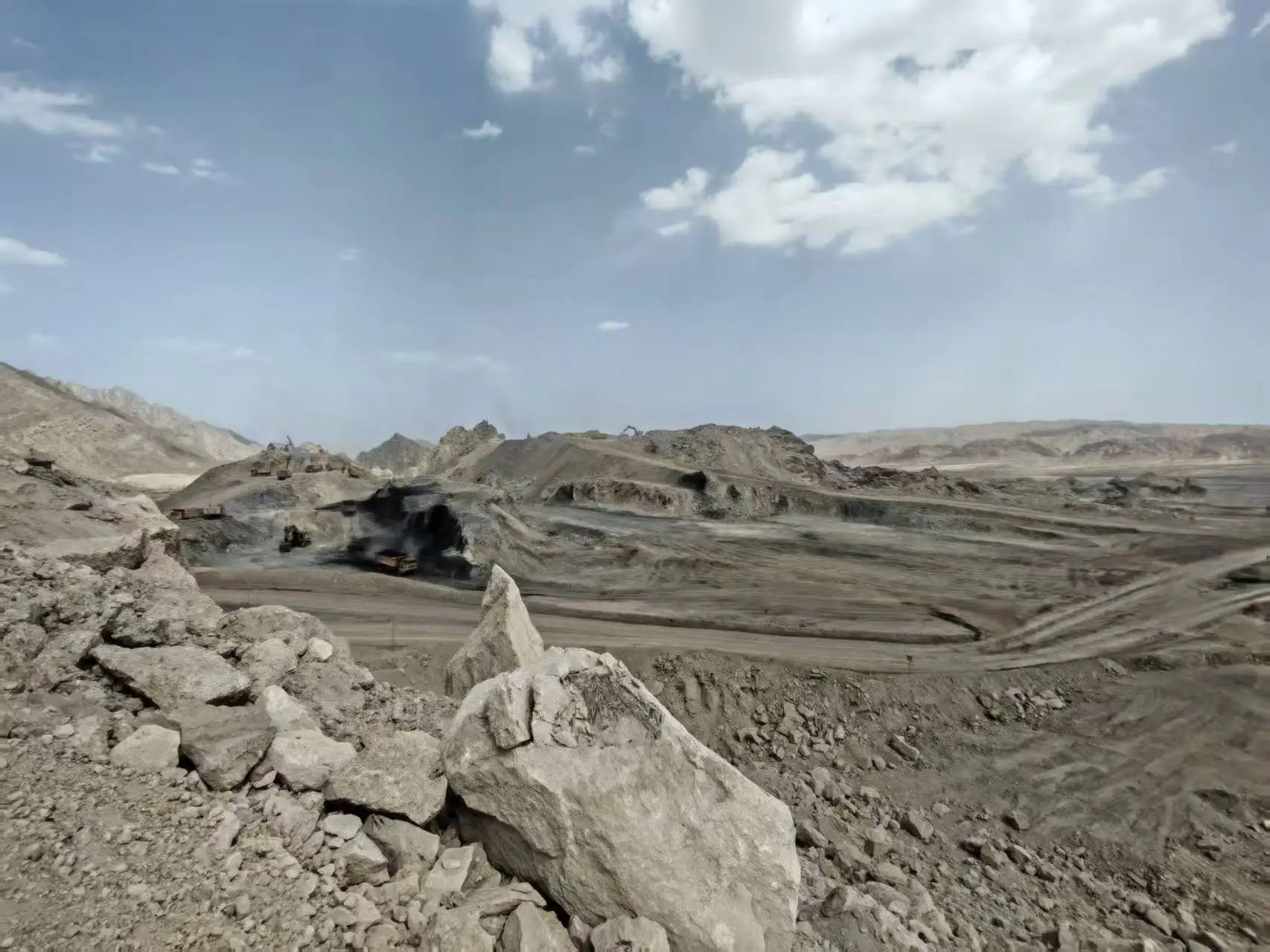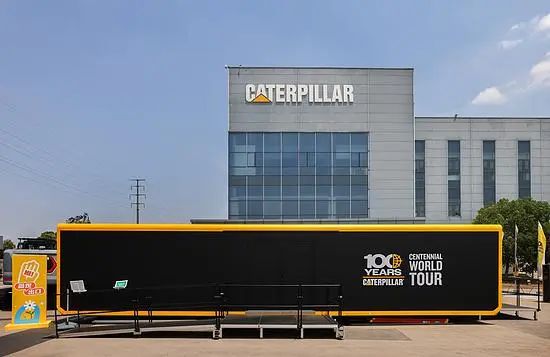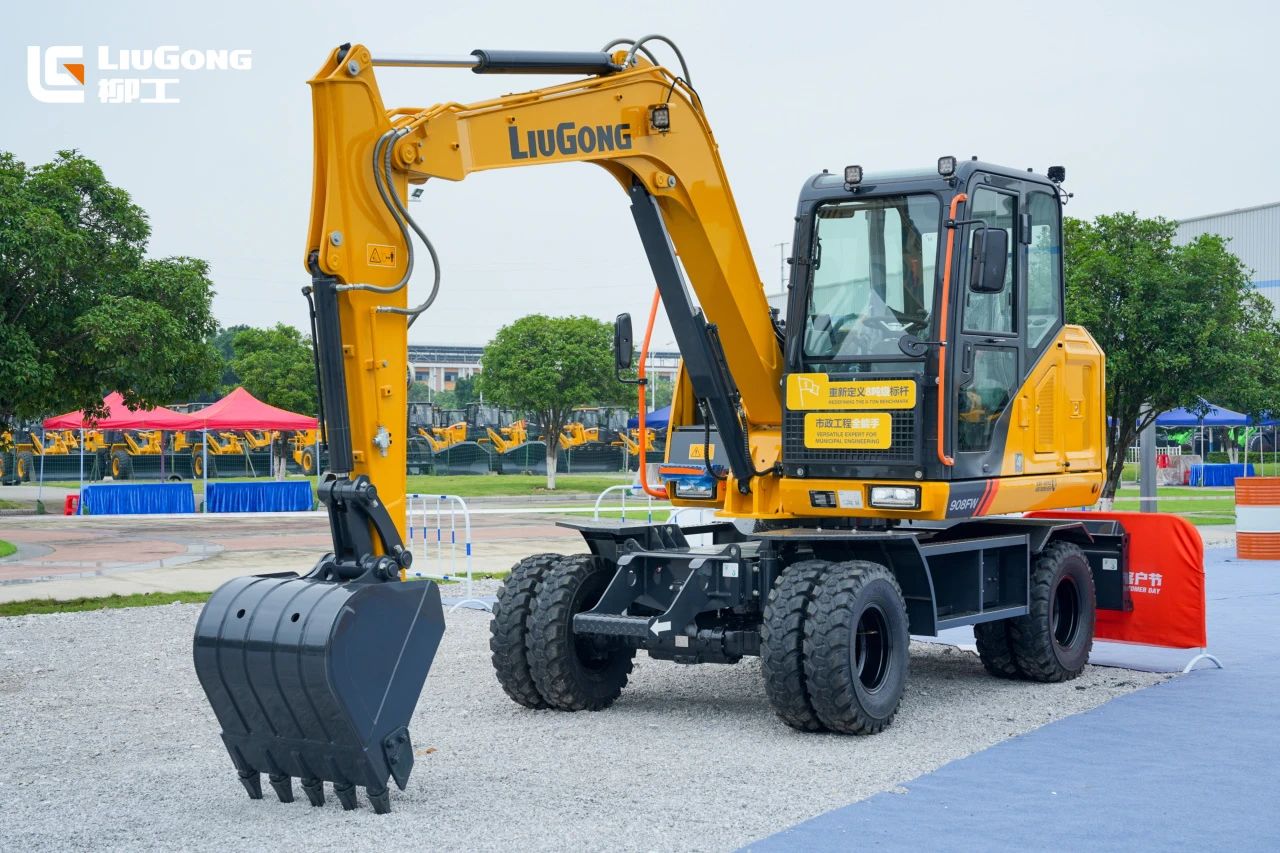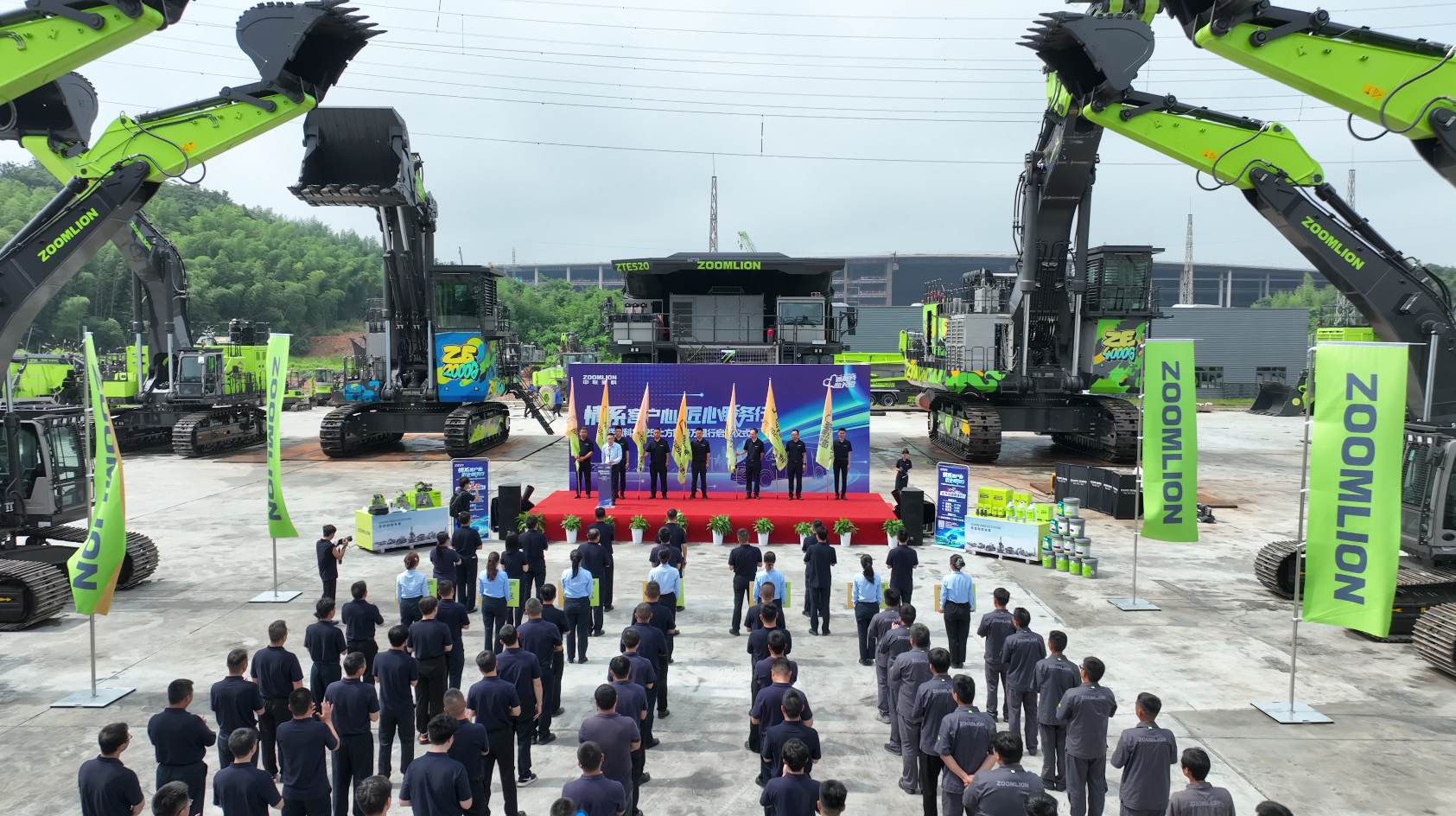Shantui SK120-G Mining Dump Truck Boosts Efficient Construction at a Coal Mine in Xinjiang
At an open-pit coal mine fire-fighting project in Xinjiang, the Shantui SK120-G mining dump truck has played a key role in ensuring the efficient progress of the project with its exceptional performance and stable operation. Despite challenging terrain and harsh weather conditions, the SK120-G has earned high recognition from the client for its outstanding work rate, powerful engine, and reliable quality.




